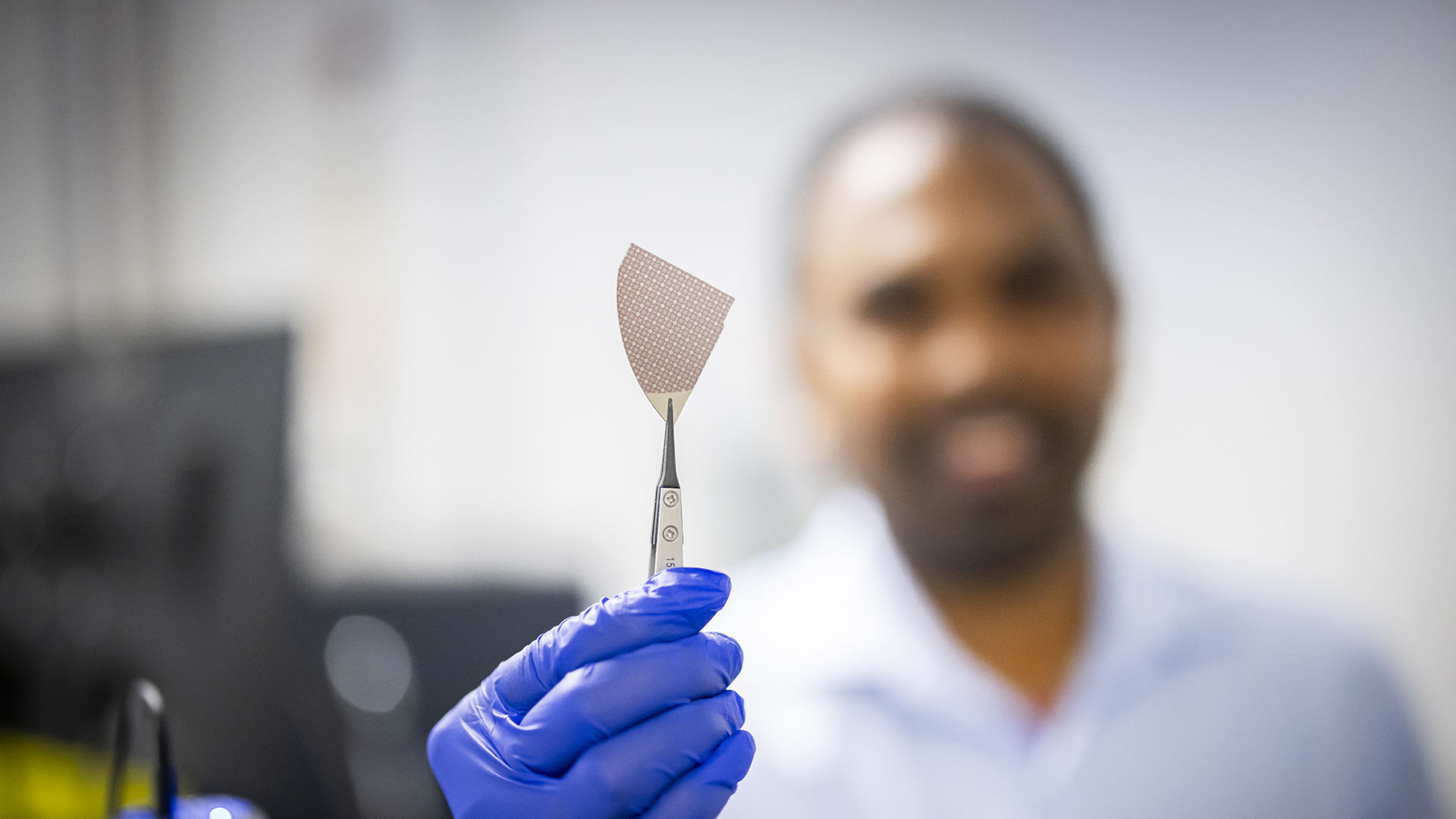Researchers have developed a type of flash memory storage that can withstand temperatures higher than the surface of Venus
No gaming applications as such, but it could lead to tougher SSDs in your PC.

Modern SSDs are an engineering wonder. They're extremely fast and very reliable, despite being housed next to massive heat-belching graphics cards in gaming PCs. But like all silicon-based chips, they have limits to how hot they can run before losing data or failing completely. However, two teams of researchers have developed a type of flash memory that's capable of retaining data at temperatures that make an afternoon on Venus look cold in comparison.
The details of the work were published in the Nature journal (via Interesting Engineering), though the University of Pennsylvania nicely summarised the findings for those without a background in doctorate-level material science. Two research teams in the School of Engineering & Applied Science, headed by Deep Jariwala and Roy Olsson, dedicated months of work to finding the perfect thickness of ferroelectric aluminum scandium nitride (AlScN), to use as a base material for a flash memory device.
Everyday flash memory, such as that found in USB memory sticks, SD cards, and SSDs, uses silicon, of course, and it's pushed to levels that would be unthinkable just a decade ago. The best gaming SSDs hold multiple terabytes of data and can transfer thousands of megabytes in a second. They also last for years, thanks to write endurance levels in the petabyte region.
However, they do have one significant failing—they're not very good at dealing with high temperatures. Once above a certain temperature, silicon-based flash cells struggle to retain data and even the very best of them (used in the space industry, for example) fail at 200 degrees Celsius (392 degrees Fahrenheit).
So when Jariwala and Olsson's teams created a flash memory using AlScN that can withstand up to 600 degrees Celsius (1,112 degrees Fahrenheit), you know they had something special on their hands. Not that it was easy to get it right, mind, as the thickness of the AlScN layer had to be just right.
“If it’s too thin, the increased activity can drive diffusion and degrade a material. If too thick, there goes the ferroelectric switching we were looking for…[s]o, my lab and Roy Olsson’s lab worked together for months to find this Goldilocks thickness,” said Dhiren Pradhan, a post-doctoral researcher in Jariwala's team.
He also said that "AlScN’s crystal structure also gives it notably more stable and strong bonds between atoms, meaning it’s not just heat-resistant but also pretty durable,” making it ideal for use in extreme environments, not just those that happen to be somewhat on the toasty side.
Keep up to date with the most important stories and the best deals, as picked by the PC Gamer team.

Best SSD for gaming: The best speedy storage today.
Best NVMe SSD: Compact M.2 drives.
Best external hard drives: Huge capacities for less.
Best external SSDs: Plug-in storage upgrades.
The obvious application for this kind of material is for spacecraft landing on planets such as Venus, which has a mean surface temperature of 464 degrees Celsius (867 degrees Fahrenheit). You might think that this degree of heat would fry any silicon chip, not just flash memory cells, and you'd be right.
In such cases, silicon carbide is used as the semiconducting material but as Pradhan explains, "it is nowhere close to the processing power of silicon processors, so advanced processing and data-heavy computing such as AI can’t really be done in high-temperature or any harsh environments."
The toughness of this new material means the memory could be better integrated into silicon carbide chips, helping to improve their performance.
There's no immediate application of this technology for gaming PCs, though, but the research may lead to the development of volatile and non-volatile memory chips that are even more heat-resistant than current ones. That would help to improve data retention in systems that produce lots of heat or remove the need to use large and costly heatsinks, something that is a necessity with the latest PCIe 5.0 SSDs.

Nick, gaming, and computers all first met in 1981, with the love affair starting on a Sinclair ZX81 in kit form and a book on ZX Basic. He ended up becoming a physics and IT teacher, but by the late 1990s decided it was time to cut his teeth writing for a long defunct UK tech site. He went on to do the same at Madonion, helping to write the help files for 3DMark and PCMark. After a short stint working at Beyond3D.com, Nick joined Futuremark (MadOnion rebranded) full-time, as editor-in-chief for its gaming and hardware section, YouGamers. After the site shutdown, he became an engineering and computing lecturer for many years, but missed the writing bug. Cue four years at TechSpot.com and over 100 long articles on anything and everything. He freely admits to being far too obsessed with GPUs and open world grindy RPGs, but who isn't these days?

